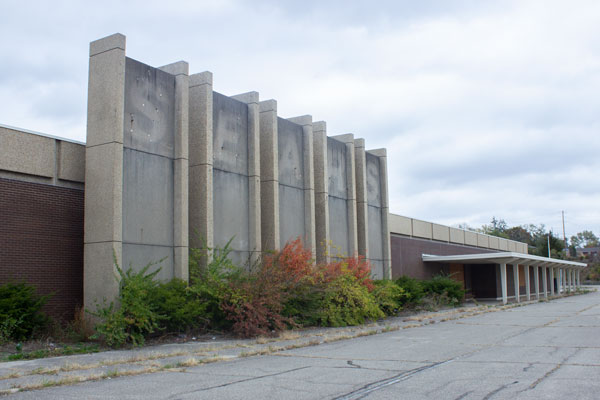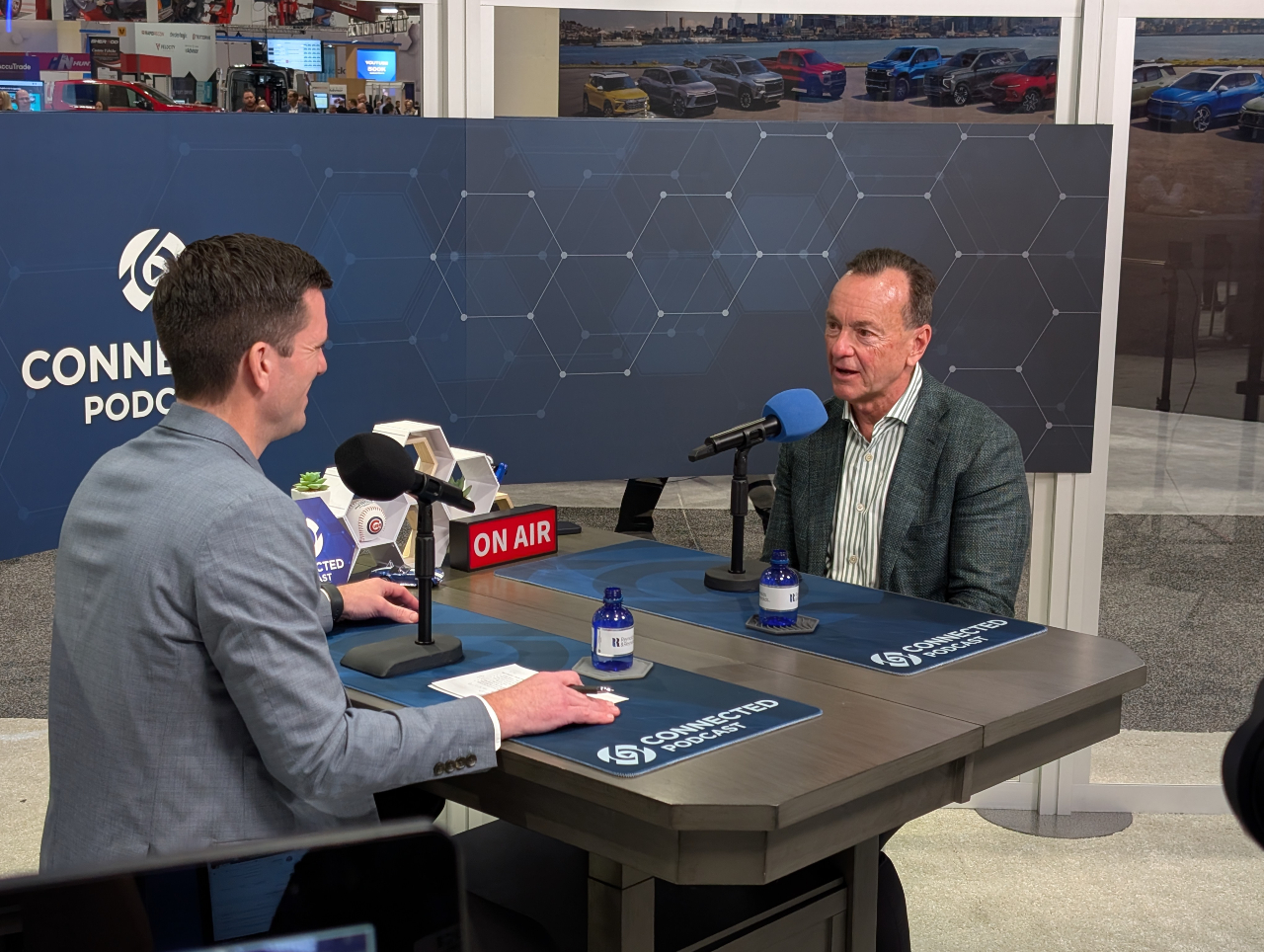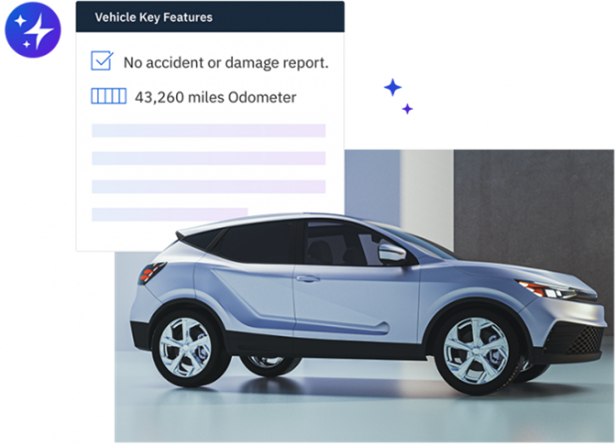Lessons from Sears on Adaption

Article Highlights:
- How Sears failed to adapt to customer demands.
- Invest in differentiation that brings customers back.
It’s important to take time and reflect every now and then. It helps us make sure we have learned something in preparation for the future. Even headlines outside of the auto industry can provide insight on what to do, or what not to do, especially in a changing marketplace.
Sears’ decisions are perfect examples of what not to do when faced with inevitable change. Sears was a staple, a trusted brand, a go-to store. Then the retail apocalypse happened. Sears’ shares dropped 45% in just five days.1 Sears may have survived if they had appropriately invested in the future of their company, but they didn’t.
Maybe saving every penny didn’t seem like giving up at the time, but in hindsight it was a big contributor to Sears’ downfall. Sears reinvested a measly 1% into their company, which went towards their virtual store.2 It did not go into enhancing their physical locations where their products meet their customers. They made the decision to focus their future on online sales, rather than in-store sales.
Sears could have done better. They thought a changing marketplace meant completely changing their business model rather than finding new ways for their current model to thrive. But the retail apocalypse wasn’t a death sentence. Otherwise, Kohl’s would have declared bankruptcy, too.
Kohl’s faced the same industry perils but responded in a much different way. First, they made sure they were getting everything right with retail basics, like increasing their private-label and exclusive brands selection, reducing clutter and increasing visual appeal, and making sure they had plenty of staff available for fast help and checkout.
Once they had the basics down, they were able to invest in their company and take more risks. They partner with Amazon to sell products like Alexa, and accept return packages for any Amazon order to get customers in their store. They offer Wi-Fi to their customers, allowing them to track their customer’s in-store activity and block competitor sites like Macy’s. They also started a Millennial initiative called the “outfit bar” that allows women to shop based on style and occasion instead of by brand.3
The focus of Kohl’s strategy is polar opposite to Sears. Sears tried to move away from a physical store and bet against their traditional model. Kohl’s invested in their employees and their in-store experience. They found clever ways to bring the customer in, and keep them there.
Conclusion
The most strategic response you can make today is to invest in your dealership’s future. Invest in your employees. Invest in your processes. Improve your store’s experience to respond to consumer demands. Mystery shop your own dealership to ensure all departments are following the processes you have put in place.
Keep in mind, turnover of personnel can cause a turnover in your processes. When was the last time you had your finance department shopped to verify they are offering your products and ensuring compliance? Does your dealership maximize profits by offering aftermarket products after the vehicle sale, rather than negotiating them at point of sale? Does your service department perform a quality vehicle walk-around for every customer that comes through your service drive?
It’s easier said than done. After all, Sears did invest in their company. They made a move to respond to market changes. But they made the wrong choice. It can be hard to realize which improvements are the right ones when you’re so close to your situation. An industry expert specializing in process improvements and strategic insight can help you make sure you’re leading your dealership to success.
Sources
Related Articles:

The Future of Variable Ops with Experts at NADA 2025
Explore how AI is transforming variable operations in automotive retailing with insights from NADA 2025. Learn about efficiency, profitability, and fraud prevention from industry leaders.

Decision made regarding the Vehicle Shopping Rule – now what?
Check out five key takeaways from the Vehicle Shopping Rule to keep your dealership safe from FTC enforcement actions.

3 Ways AI Can Elevate Your Dealership’s Online Inventory
On average, Americans are exposed to between 4,000 and 10,000 advertisements every day. From commercials on TV to billboards on your way to work, all…

The Pizza Playbook – What Ordering Pizza Teaches Us About F&I
For as long as I can remember, my family had “pizza night” every week. Without fail, every Friday evening we’d all gather around the computer…















